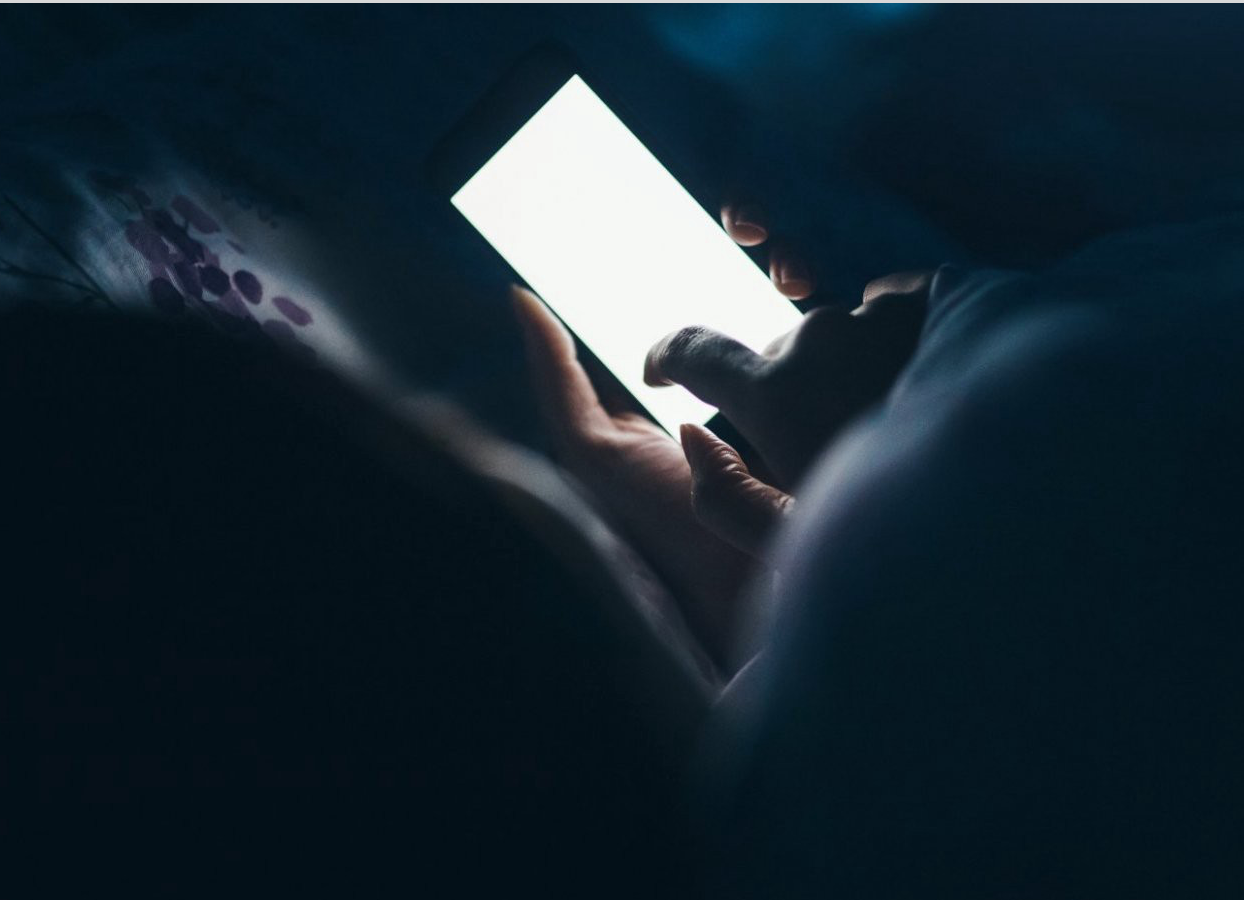The millennials surveyed said that their devices have created better work-life balance, contributing to better communication and relationship-building.
Clearly there’s a lot of good that comes with frequent use of our devices, but there’s also a downside.
Research shows that as we grow more dependent on technology, our intellect, attention levels and social skills weaken. In fact, with just the mere presence of our smartphones, our ability to focus on a task and solve problems decreases.
But don’t beat yourself up about excessive smartphone usage. The reality is, your smartphone addiction may not be your fault — the designers of these devices are rewarded for using techniques to keep you glued to your screen for as long as possible.
Luckily, there is hope. If you’re trying to improve your relationship with your device, here some ways that you can take back control of your time and attention.
1. Track Your Usage
Addicted to your smartphone? There’s an app for that.
Ironically, you can try to stave off addicting smartphone apps with another app. While not ideal, there are apps like SPACE and Moment helps you find your personal phone-life balance by monitoring your smartphone use and setting limits.
2. Stop Scrolling
Many of the most popular mobile apps (Facebook, Instagram, Pinterest, and more) are designed with infinite scrolling functions, where you can consume an endless feed of information.
However, infinite scrolling can make it easy to lose track of time. Nothing holds our attention better than the unknown. A bottomless stream of social media posts motivates you to continue the search for the element of surprise; seeking things that captivate, engross, and entertain. Our brains can’t get enough of trying to predict what’s next and, like a loose slot machine, the infinite scroll gives you fast access to what psychologists call variable rewards.
Although social media apps can be difficult to live without, try deleting the apps that have infinite scroll and see how much time you can earn back.
3. Calm Your Mind
There is a very real euphoric sensation when you get a social media notification, such as when someone likes a photo you’ve posted to Instagram or Facebook. These moments trigger a dopamine release in the brain, a chemical that creates feelings of pleasure. It’s an essential part of our brain’s rewards system, which is why it’s also gets blamed for addiction.
Meditation, yoga, exercise, and other mindfulness activities have been proven to create a natural release of dopamine, reducing the craving from the dopamine rushes your phone provides.
4. Use the Physical Versions of Useful Apps
Yes, having everything in your pocket is convenient. Your smartphone has almost completely diminished the need for calculators, calendars, cameras, notebooks, alarm clocks and so many other things.
We’ve all been there before: you unlock your phone to check the weather or make a note and the next thing you know you’ve been in your Instagram feed for 20 minutes. To avoid this problem, try replacing as many digital tools with physical ones.
For example, using a real alarm clock (and keeping your phone out of reach while sleeping) can help prevent you from wasting time before bed or right when you wake up. Carry a physical notebook and pen to take notes. Read paperback books and avoid the digital versions.
The key is to avoid unlocking your phone as much as possible to prevent getting unintentionally pulled into the digital vortex.
5. Get by With a Little Help From Your Friends
As is the case with any addiction, the first step in recovery is admitting you have a problem.
Admitting to those around you that you want to reduce your smartphone usage can create a necessary feedback system.
Ask them to hold you accountable. You might not notice when you’re scrolling through the screen during a family gathering, but others do. Your friends and family can call you out to bring you back to the present moment.
6. Turn Off All Notifications Unrelated to Communication from Real People
Our devices were meant to increase our connectivity to other people; so keep it that way. Turn off any notifications from apps unless they’re alerting you that a coworker, friend or family might need your attention in real-time.
You might even consider deleting social media apps from your phone altogether and only accessing them via a computer. The constant friend and family updates can wait until later, I promise.
7. Turn Your Phone to Grayscale
This is a popular recommendation by Tristan Harris, Co-Founder of the Center for Human Technology.
Research shows that colors are attached to emotions and priorities — especially that little red notification bubble that has controlled us for so long. Turning your phone to black and white can reduce the urge you have to view new notifications that pull you into the infinite scrolling vortex.
—
Originally published here.

